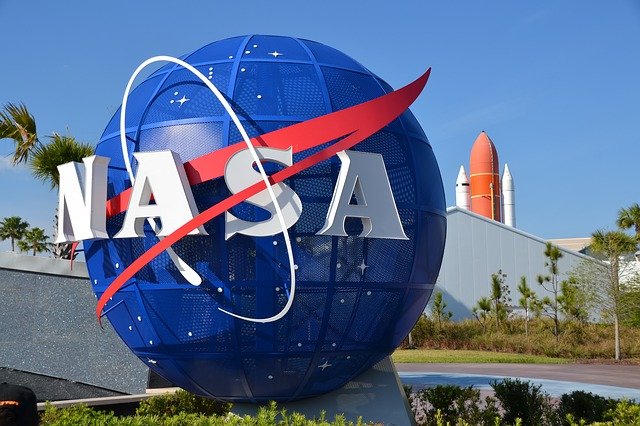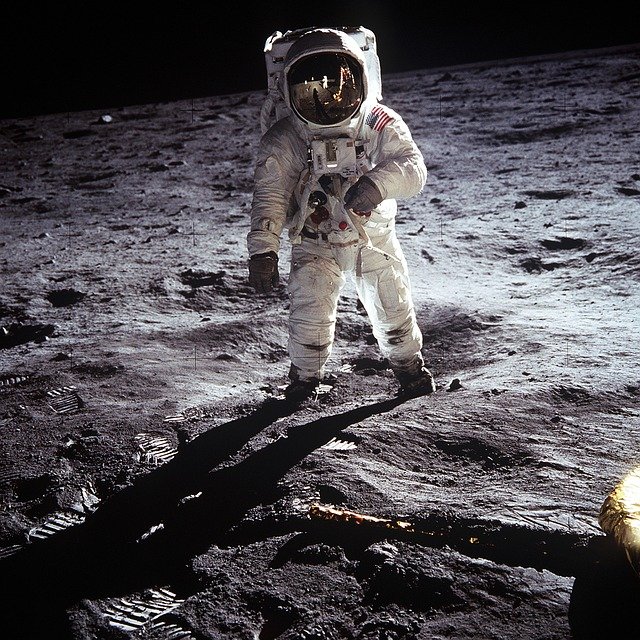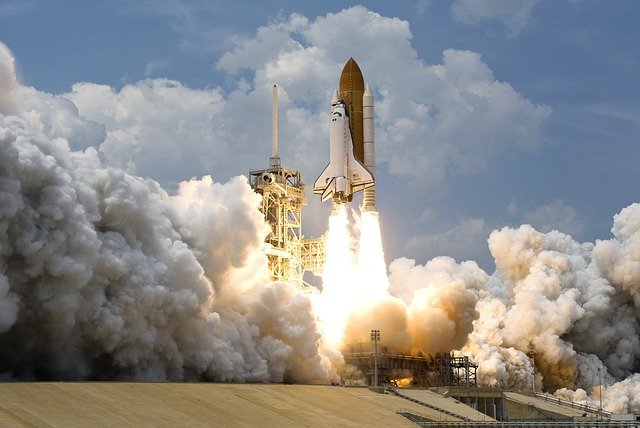
SPACE AGENCY
MAY 10, 2021
the birth of NASA and the start of space race

The birth of NASA started in 1946 when a United States agency called the National Advisory Committee for Aeronautics (NACA) began various experiments with rocket planes like the Bell X-1 supersonic and other space related programs.
On October 4, 1957 the Soviet Union launched their first man-made satellite, Sputnik I. The basketball sized satellite orbited the earth in 98 minutes but it was enough to make America caught by surprise and sparked fears of Soviet’s nuclear missiles.
Then on November 3, 1957, Soviet launched another satellite again, this time the Sputnik II carried a dog named Laika. America tried to launch their own satellite called Vanguard but exploded shortly after take off. On January 31, 1958 Explorer I successfully orbiting the earth and became the first United States’ satellite to accomplish the mission.
The US Congress passes legislation establishing the National Aeronautics and Space Administration (NASA) on July 29, 1958. This agency has duties to coordinate America’s activities in space and sponsors space expeditions. This also confirming the US commitment to win the space race.
The birth of NASA marked the beginning of the US – Soviet competition to explore the space and beyond. Thus accelerated works on human and robotic spaceflight, like Project Mercury – a project to learn if humans could survive in space

In May 1961, US President John F. Kennedy declared that by the end of the decade America should put a man on the Moon. For this mission NASA created the most ambitious plan to conquer the Moon called the Apollo program. The program was designed to land humans on the Moon and bring them back to Earth.
On July 20, 1969 Apollo 11 achieved the goal and Neil Armstrong became the first human to set foot on the Moon, along with his famous words “One small step for man, one giant leap for mankind”.
Six of the Apollo missions achieved this goal : Apollos 11, 12, 14, 15, 16, and 17. Apollos 7 and 9 were just Earth orbiting missions to test the Command and Lunar Modules. Both Apollos 8 and 10 tested various components while orbiting the Moon, and took photos of the lunar surface.
While Apollo 13 did not land on the Moon due to a technical failure, the crew also returned with many lunar photographs. The six successful Apollo missions that landed on the Moon brought a wealth of scientific data and lunar samples.

During 1980’s – 2000’s NASA had high profile various space programs, one of it was the space shuttle program. This platform was designed to create a space vessel that can be used multiple times.
The shuttles carried many kind of stuff to space such as satellites – place it into orbit or repair jobs as well as doing many kind of experiments for science and educational purpose.
related post